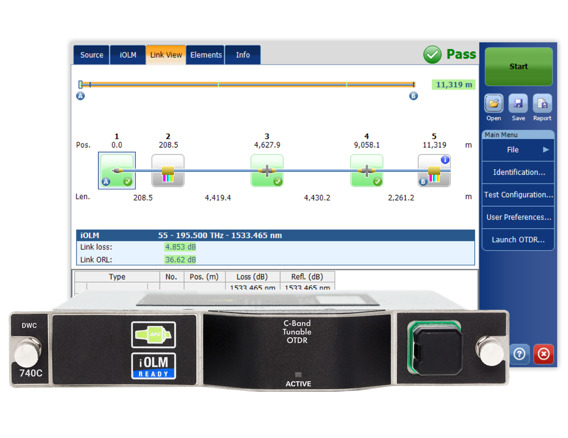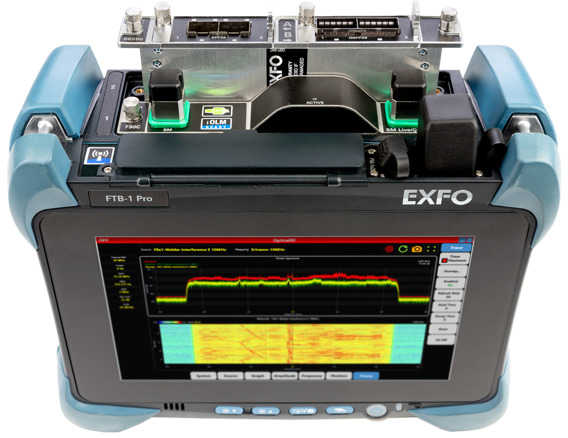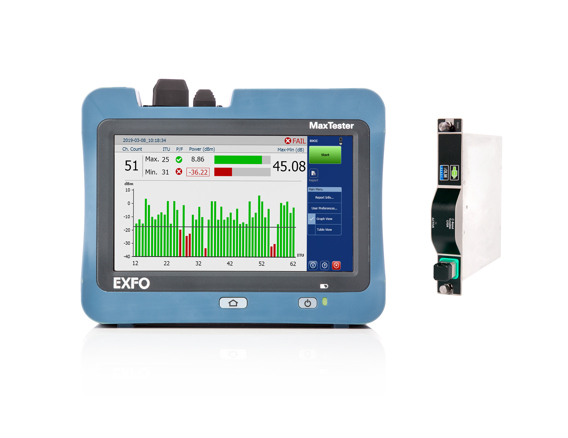Description
By providing channel spacings of 50 GHz (0.4 nm), 100 GHz (0.8 nm) or 200 GHz (1.6 nm), several hundreds of wavelengths can be placed on a single fiber. Most typical DWDM systems use 40 or 80 channels, although this number can be as high as 160.
The ITU-T G.694.1 frequency grid specifies the wavelengths used in DWDM. They are found in the C-band (1525-1565 nm) and L-band (1565-1620 nm), which is a spectral range that proves very attractive for DWDM. The reason is because it allows amplification with erbium-doped fiber amplifiers (EDFA).
Long-haul, metro and now cellular backhaul networks
DWDM is the most suitable technology for long-haul transmission because of its ability to allow EDFA amplification. This is why it was adopted in these networks a few decades ago. Given the growing need for bandwidth to driven by data-hungry applications (smartphones, video streaming, etc.), DWDM has now found its way into metro networks, and is even being used in some cellular backhaul deployments.
DWDM network testing
DWDM networks must be tested for loss, connector cleanliness, dispersion and spectral quality. EXFO offers all the right tools to ensure smooth DWDM operation, including inspection probes, OTDRs, power meters, dispersion testers and optical spectrum analyzers.








